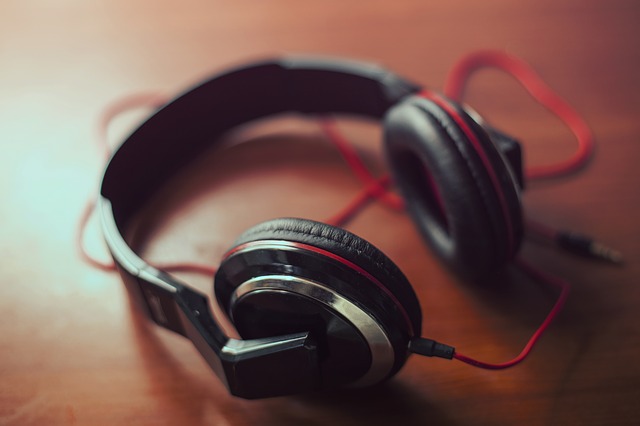Linda Jenkins

Did you know that listening to certain types of music can enhance focus and improve information retention? Your brain generates a certain amount of electricity that is displayed in the form of brain waves. The four different types of brainwaves are:
Beta
Beta waves are characteristic of a strongly engaged mind, this is the fastest or most active wave at 15-40 cycles per second. (e.g., a person engaged in active conversation).
Alpha
These waves are slightly slower with a higher amplitude at 9-14 cycles per second. This state of mind allows you to be more open or receptive, and is usually associated with imagination, memory, or intuition. (e.g., taking a break from a task to walk outside).
Theta
Theta is even slower waves with a higher amplitude than the alpha state at 5-8 cycles per second. This is the daydreaming state where a task becomes repetitive or monotonous enough that you can mentally disengage. (e.g., knitting, running, or even brushing your hair).
Delta
Delta is the slowest brain waves, down to 1.4 cycles a second, indicate sleep. You can read Ned Hermann’s explanation in more depth the Scientific American.
Studies have shown that the “alpha state,” or brainwaves at 9-14 cycles per second, is most effective for studying and understanding ideas. Music that meets certain parameters can help your brain settle into this state of mind, particularly music that you are familiar with and enjoy that is set between 50 and 80 beats per minute. Here are some examples of popular tunes that might meet these criteria, some of which are found in article by Deep Patel (2019):
- ‘Mirrors’ by Justin Timberlake
- ‘The Lazy Song’ by Bruno Mars
- ‘Chasing Pavements’ by Adele
…and some classical tunes:
- Symphony No.6 in F Major, II, Pastoral by L. Beethoven
- Etudes no. 1, Op. 25 by F. Chopin
- 13 Preludes, Op. 32: No. 12 in G Sharp Minor by S. Rachmaninoff
- Opening by P. Glass
There is also music specifically designed to blend into the background, serving as an unobtrusive yet atmospheric setting for conversation, mediation, or mental focus. Written partially out of distaste for “Muzak,” Brian Eno’s album Ambient 1: Music for Airports contains music designed to enhance the listener’s environment and give the listener space to think. In the liner notes Eno states, “Ambient Music must be able to accommodate many levels of listening attention without enforcing one in particular, it must be as ignorable as it is interesting.” (Eno, 1978). Try Brian Eno’s Music for Airports.
At the end of the day, everyone has a different preference when it comes to study music! The more you like the music playing, the more positive benefits you might get by adding music to your studying habits.
Here are some more streaming music options from the UNT databases:
Sources
Capritto, A., (2020). The best music to listen to while ou work or study. CNET. https://www.cnet.com/health/the-best-music-to-listen-to-while-you-work-or-study/
Eno, B. (1978). Music for airports liner notes. http://music.hyperreal.org/artists/brian_eno/MFA-txt.html
Hermann, N. (1997). What is the function of the various brainwaves? Scientific America. https://www.scientificamerican.com/article/what-is-the-function-of-t-1997-12-22/
Patel, D. (2019). These 6 types of music are known to dramatically improve productivity. Entrepreneur. https://www.entrepreneur.com/article/325492
Thompson, W., Schellenberg, E., & Husain, G. (2001). Arousal, Mood, and the Mozart Effect. Psychological Science, 12(3), 248-251. http://www.jstor.org/stable/40063588
Edited by Kristin Wolski



Leave a Reply